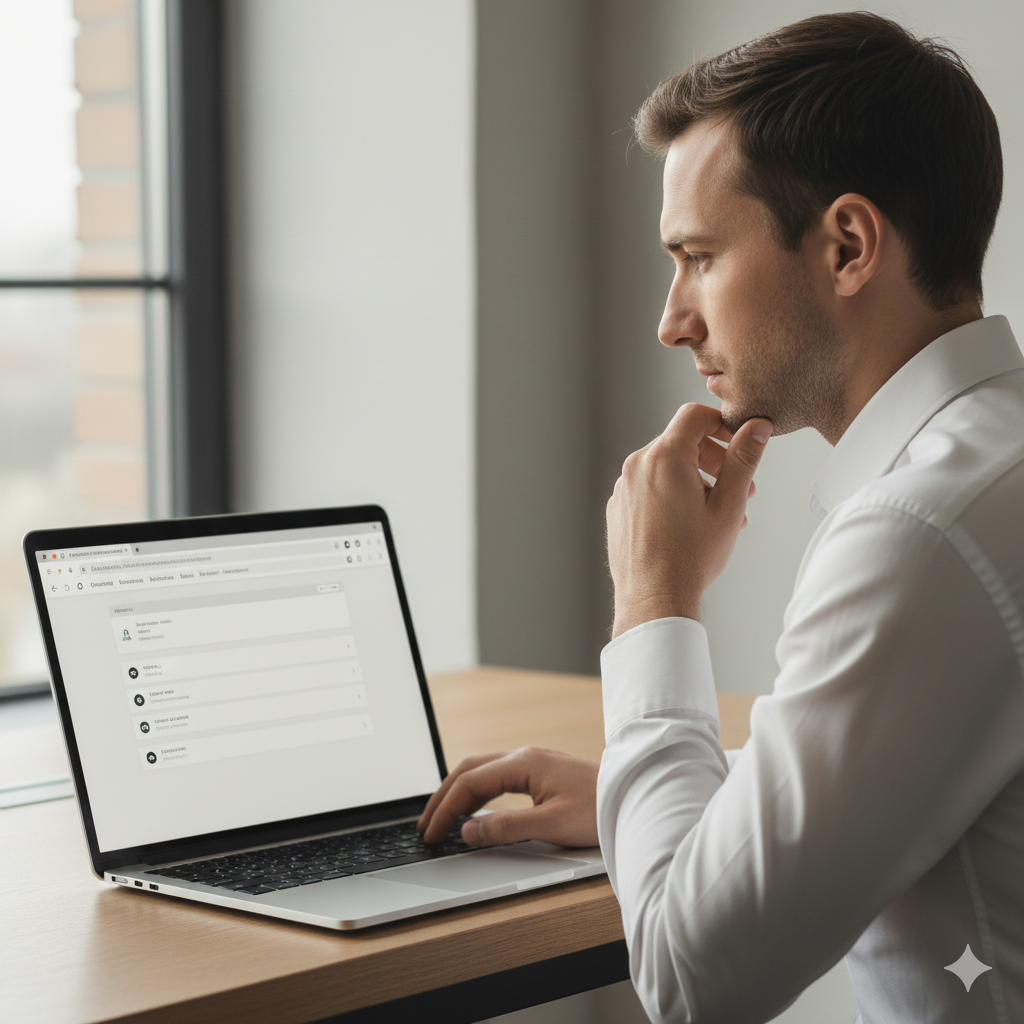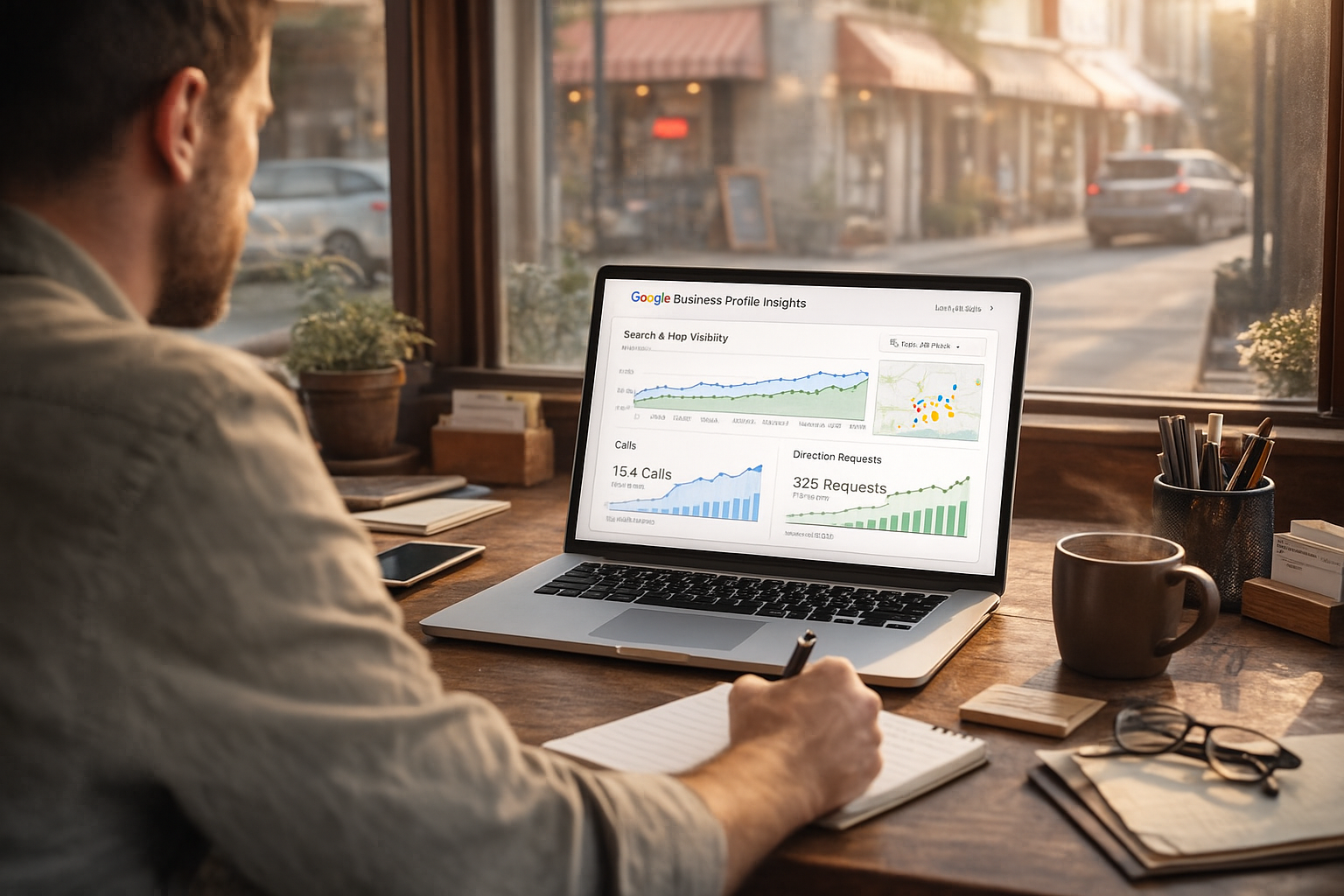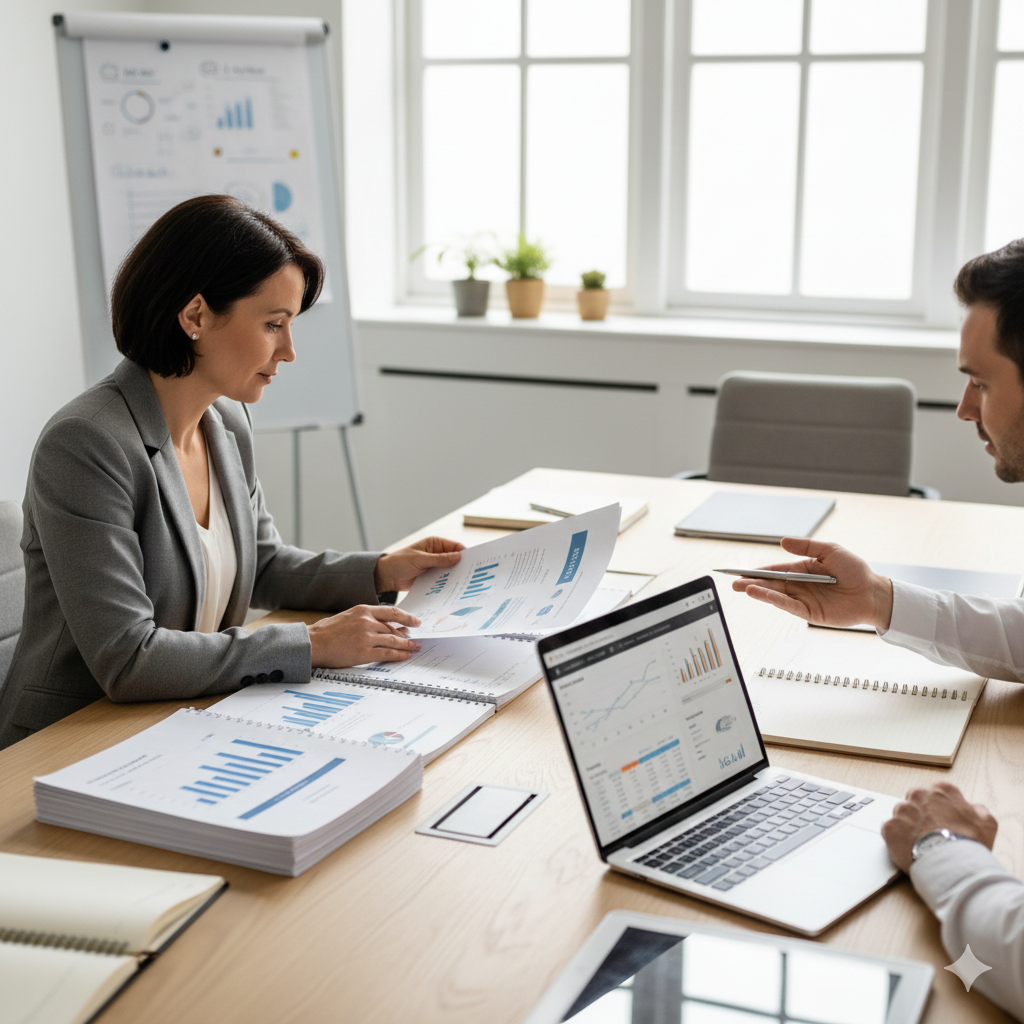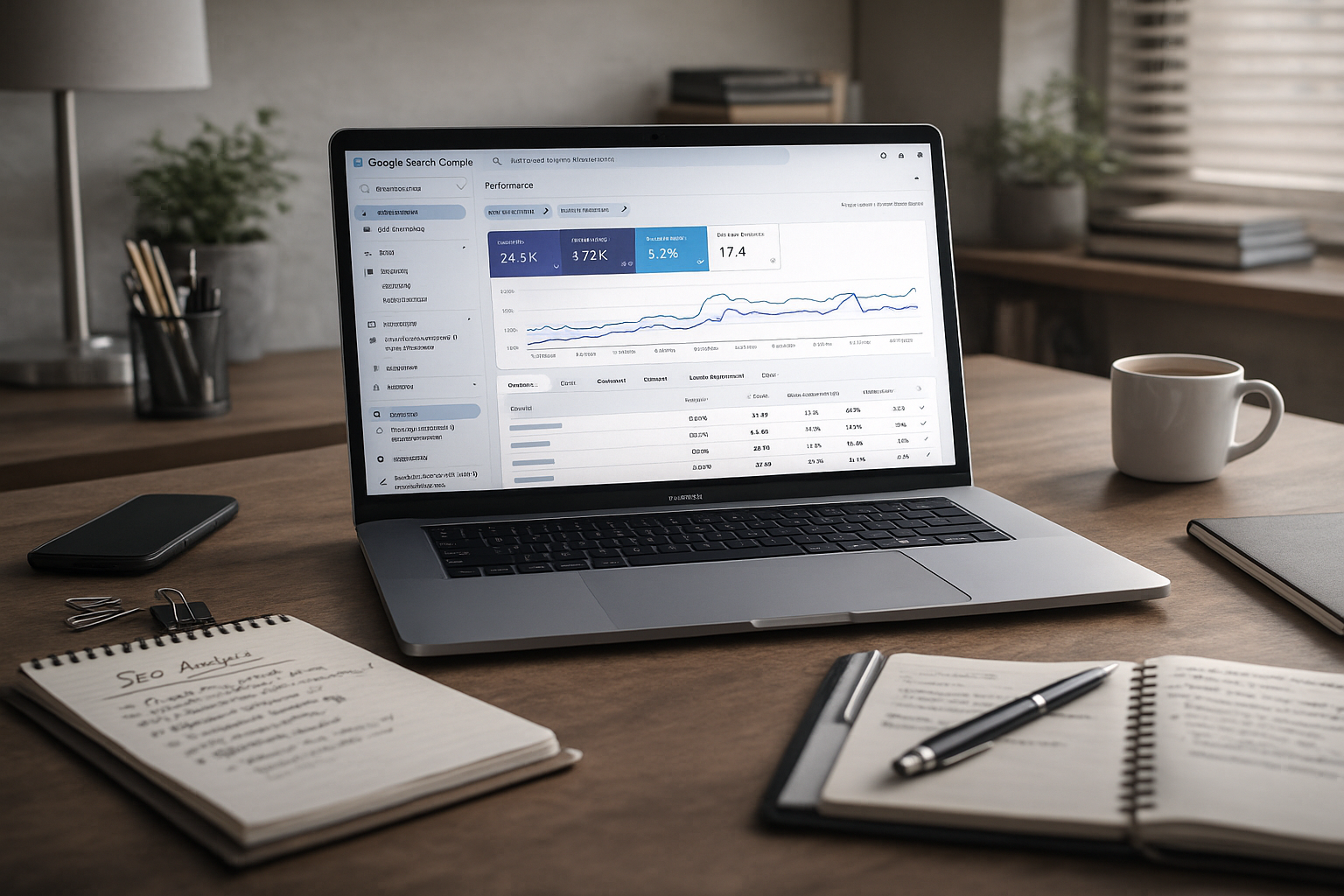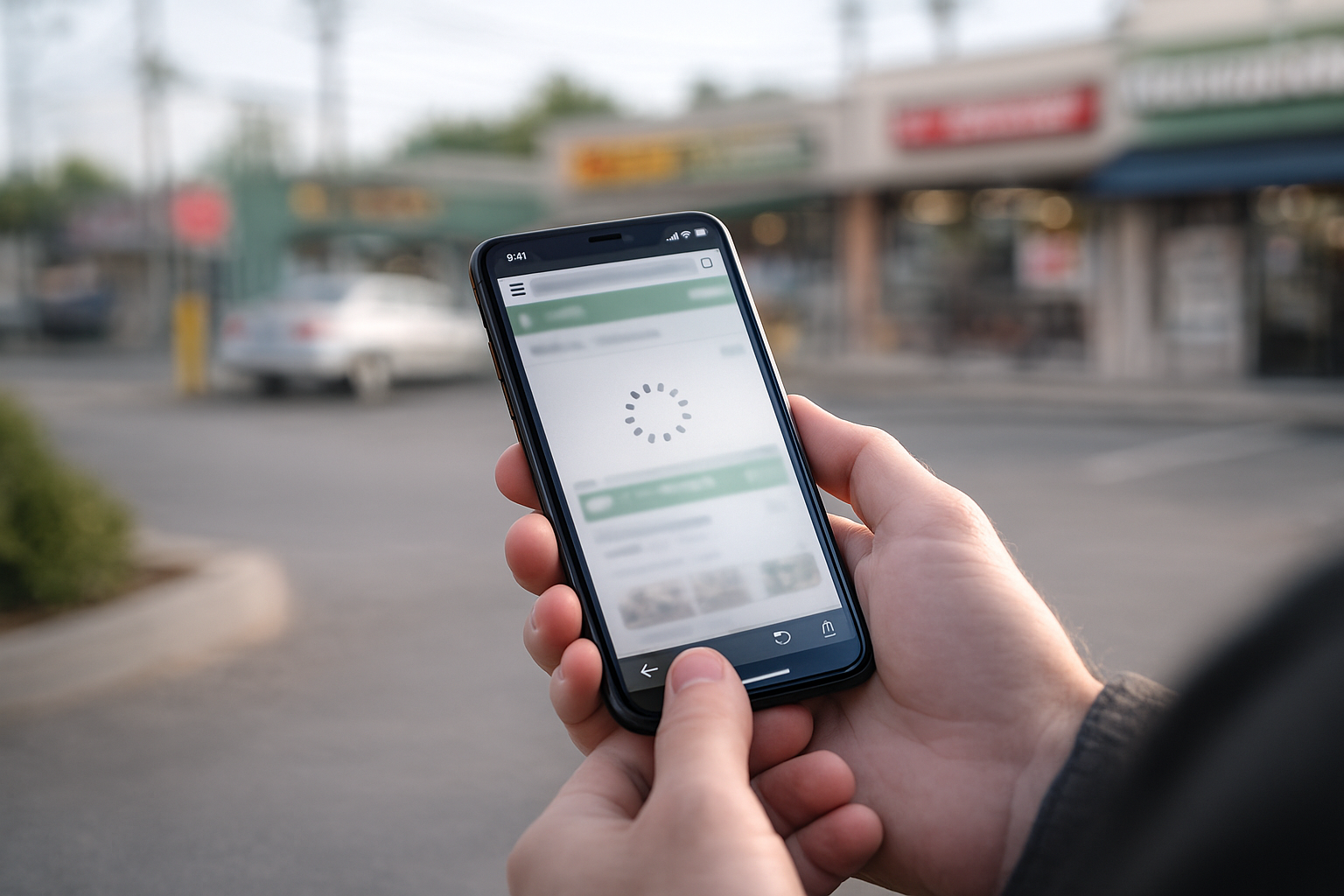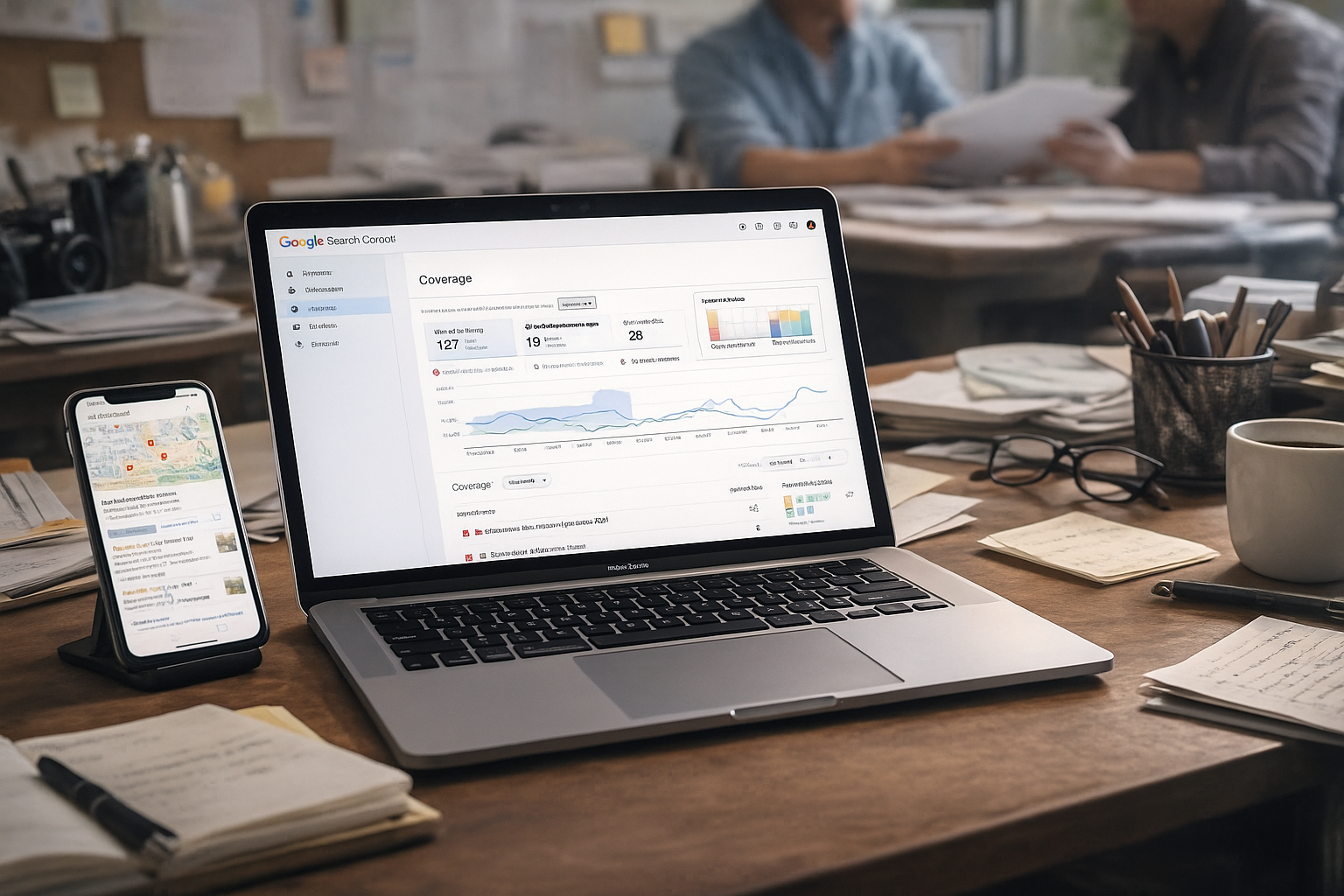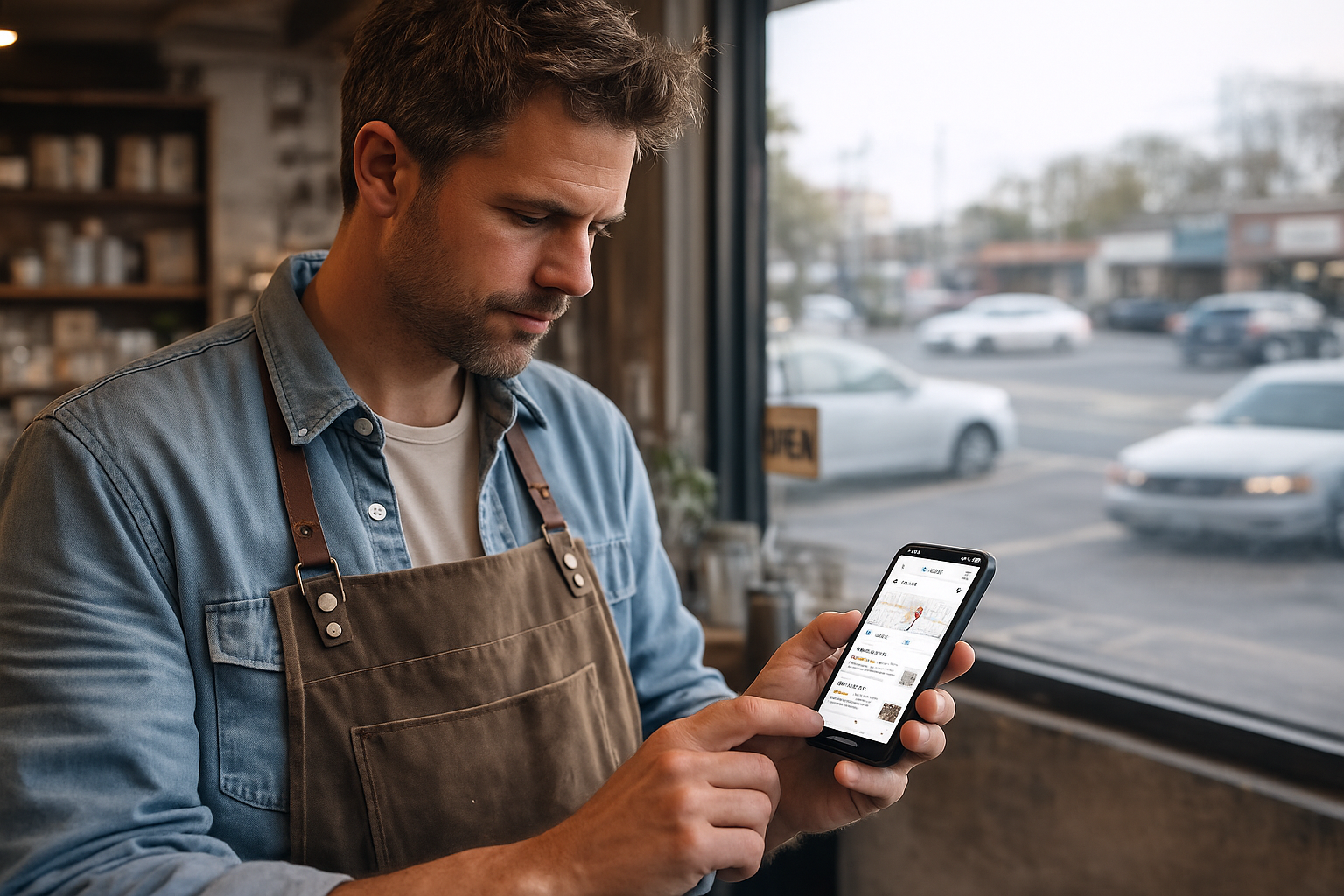How does local SEO help brick-and-mortar businesses attract foot traffic?
In an era when most consumers turn to Google before stepping outside, your business’s online visibility directly impacts how many people walk through your doors. Whether you own a café in downtown Philadelphia, a boutique in Austin, or an auto repair shop in Denver, local search engine optimization (local SEO) can make the difference between being discovered and being overlooked.
Local SEO ensures your business appears in search results when people nearby are looking for your products or services. It’s the bridge between online searches and real-world visits — and for brick-and-mortar businesses, that bridge leads straight to your front door.
What Makes Local SEO Different from Regular SEO
While traditional SEO focuses on improving visibility nationwide or globally, local SEO zeroes in on your immediate community. It helps your business show up when people search for phrases like:
- “best pizza near me”
- “barber shop open now”
- “hardware store in Nashville”
These queries are highly intent-driven — people want to visit or buy soon.
Here’s how local SEO differs from general SEO:
- Search Intent: Local searches indicate immediate action (“I need it now”), not research.
- Google Business Profile: Your Google Business Profile (GBP) drives map listings, reviews, directions, and hours — critical for local searches.
- Proximity Factor: Google prioritizes businesses closest to the searcher.
- Reviews & Citations: Reputation and consistent listings across directories weigh heavily.
- Maps Visibility: Appearing in Google’s Local Pack or on Maps drives real-world visits, not just web traffic.
For physical businesses, that distinction matters: local SEO turns digital discovery into actual door-swings and in-store sales.
The Power of Local Search Behavior in the U.S.
Local search behavior is booming in the United States. More than ever, consumers rely on their phones to make quick decisions about where to go and what to buy.
Consider this:
- Roughly
76% of people who search for something nearby visit a business within 24 hours.
- Nearly
30% of local searches result in a purchase.
- Most local searches happen on
mobile devices, often moments before a visit.
Why This Matters for Brick-and-Mortar Stores
When someone types “coffee near me,” Google instantly serves nearby cafés — not ones across town or in another state. If your shop isn’t optimized locally, you’re invisible to that searcher.
Local SEO ensures your business:
- Appears in map results with “Get Directions” and “Call” buttons.
- Shows up in voice search results via Siri, Alexa, or Google Assistant.
- Displays accurate hours, contact info, and customer reviews.
In essence, local SEO meets customers in their exact moment of decision — and guides them right to you.
Optimizing Your Google Business Profile
If you do one thing to boost local SEO, optimize your Google Business Profile (GBP). It’s your digital storefront.
Steps to Optimize:
Claim and Verify Your Profile
- Go to google.com/business, claim your listing, and verify ownership.
- Complete Every Field
- Business name (exactly as it appears on signage)
- Address and phone number
- Hours of operation (including holiday hours)
- Website and booking links
- Categories and attributes (e.g., “pet-friendly,” “wheelchair accessible”)
- Photos of your storefront, interior, staff, and products
- Post Regular Updates
Share promotions, events, or new arrivals directly on your GBP to show activity. - Collect & Respond to Reviews
Encourage happy customers to leave feedback and always reply courteously — it signals engagement. - Add Products and Services
List specific offerings so Google can match your business to detailed queries like “oil change near me” or “birthday cakes in Houston.”
A well-maintained GBP helps Google — and your customers — trust your business, making you far more likely to appear in top map and local results.
Strengthening Local Signals on Your Website
Your website supports your local SEO by validating your location and offerings to search engines.
Best Practices:
- Include Local Keywords
Use phrases like “family dentist in Columbus, OH” or “home remodeling in Charlotte” in titles, headers, and copy. - Embed Google Maps
Add a map with your business pin on your contact page to reinforce your physical presence. - Create Dedicated Location Pages
If you have multiple stores, build a unique page for each with its address, reviews, and photos. - Maintain Consistent NAP Info
Your Name, Address, and Phone number must match exactly across your website, GBP, and directories. - Add Local Schema Markup
Use structured data to help Google understand your business details — address, hours, and coordinates.
Example:
A pet groomer in Dallas could optimize for “dog grooming in Uptown Dallas” and include testimonials, parking info, and local references — all boosting relevance for nearby searches.
Local on-page optimization tells Google: “We’re real, we’re local, and we’re open for business.”
Building Local Authority Through Links and Citations
Google uses links and mentions to determine credibility. For local SEO, where those links come from matters as much as how many.
Key Tactics:
- List on Local Directories: Yelp, BBB, Chamber of Commerce, and industry-specific sites.
- Earn Mentions in Local Media: Pitch human-interest stories or community involvement to newspapers and blogs.
- Partner with Nearby Businesses: Cross-link with complementary shops — a florist linking to a wedding planner, for example.
- Sponsor Community Events: Charity 5Ks, Little League teams, or neighborhood festivals often provide backlinks from their websites.
Every local citation or link reinforces your community footprint. Over time, these signals help you rise in map rankings and drive more nearby discovery.
The Role of Reviews in Driving Foot Traffic
Online reviews are the modern version of word-of-mouth — and they’re one of the strongest local SEO signals.
Why Reviews Matter:
- They influence
Google rankings directly.
- They appear prominently in search results and maps.
- They increase
trust and click-through rates.
How to Get More Reviews:
- Ask satisfied customers in person right after service.
- Send a follow-up email or text with a review link.
- Use signage like “Love our service? Leave us a Google review!”
- Never offer incentives for positive reviews (it violates Google’s policy).
Managing Reviews:
- Respond to all reviews — gratitude for positive ones, professionalism for negative ones.
- Address issues publicly, resolve privately.
- Monitor regularly using notifications or dashboards.
A business with 150 reviews and a 4.8-star average looks more trustworthy than one with 12 reviews, even if both rank equally. Reviews shape perception — and perception drives foot traffic.
Using Local Content to Build Community and Relevance
Content isn’t just for online audiences — it can drive people to your physical location when it’s locally relevant.
Localized Content Ideas:
- “10 Best Coffee Spots in Downtown Charleston” (featuring your café).
- “How to Prepare for Winter in Minneapolis: A Local HVAC Expert’s Guide.”
- “Behind the Scenes: How Our Bakery Sources Ingredients from Local Farms.”
Why It Works:
- Builds topical authority for your area.
- Attracts backlinks from local blogs and media.
- Encourages shares within your community.
You can also highlight partnerships, sponsorships, or local events you participate in. Google notices these signals — and so do your neighbors.
Optimizing for Mobile and Voice Search
With smartphones and voice assistants dominating local search, optimizing for both is no longer optional.
Mobile Optimization:
- Use a
responsive website that adapts to all devices.
- Ensure fast loading speeds — aim for under 3 seconds.
- Include clickable
“Call Now” and
“Get Directions” buttons.
- Keep forms and menus simple for smaller screens.
Voice Optimization:
People use natural, conversational language when speaking to devices. Incorporate long-tail questions such as:
- “Where’s the nearest tire shop?”
- “What’s the best pizza place open right now?”
Add a FAQ section to your site with direct, simple answers. Voice search tends to favor businesses with clear, structured responses and up-to-date Google Business Profiles.
By optimizing for both mobile and voice, you capture customers at the exact moment they’re ready to act — often while they’re already out and about.
Measuring the Real Impact of Local SEO
Local SEO success isn’t just clicks and impressions — it’s actual visits, calls, and sales.
What to Track:
- Google Business Profile Insights:
- Direction requests
- Website clicks
- Calls
- Google Analytics:
Track traffic from local queries and devices. - Call Tracking Numbers:
Use dynamic numbers to trace calls from Google Maps or ads. - In-Store Feedback:
Ask customers, “How did you hear about us?” — it’s simple but powerful.
Offline Measurement Tips:
- Offer local promo codes to track which channels drive in-person sales.
- Correlate spikes in online engagement with store traffic patterns.
By connecting your analytics to real-world results, you’ll see how local SEO translates directly into revenue.
Avoiding Common Local SEO Mistakes
Even well-intentioned businesses slip up on the basics. Avoid these pitfalls:
- Inconsistent NAP: Small address or phone variations confuse Google.
- Duplicate Listings: Merge or remove old or unauthorized Google profiles.
- Ignoring Reviews: Unanswered feedback makes you seem unresponsive.
- Neglecting Updates: Outdated hours (especially holidays) frustrate customers.
- Keyword Stuffing: Overusing “near me” or city names looks spammy.
- No Mobile Optimization: Slow or clunky sites lose visitors fast.
Local SEO rewards accuracy, consistency, and engagement. Keep everything current and authentic.
Practical Steps to Start Today
If you’re new to local SEO, don’t overcomplicate it. Focus on these essentials first:
- Claim & Optimize Your Google Business Profile
- Audit Your NAP Consistency Across Directories
- Add Local Keywords to Your Site Titles & Copy
- Ask for Customer Reviews Weekly
- Ensure Your Site Is Fast & Mobile-Friendly
- Post Local Updates Monthly (Events, Offers, or Community News)
- Track Calls and Direction Clicks from Google Maps
Once those foundations are in place, you can scale with content, link building, and professional local SEO services.
Bringing It All Together
Local SEO is one of the most powerful tools for brick-and-mortar businesses because it connects your digital presence with real-world results. It helps you appear when people are actively searching nearby — whether they’re looking for lunch, a haircut, or a mechanic.
With the right strategy, you’re not just getting clicks — you’re getting customers walking through your door.
And if you’d like expert help fine-tuning your local SEO, GetPhound specializes in helping U.S. businesses dominate local search, attract foot traffic, and grow revenue through data-driven, results-oriented strategies.



